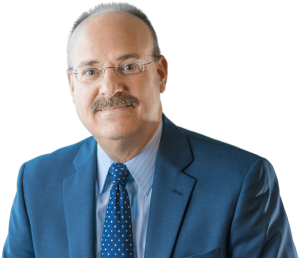Publication Source: New York Law Journal

Much has been written on the art of appellate oral argument.1 It is almost universally accepted that the 'key to a successful appellate oral argument, no matter how long or short, is in the many hours of preparation that precede it, time you must spend in reading and rereading the briefs and principal legal authorities cited therein and familiarizing yourself with the record on appeal. There is no short cut to the preparation process.2 In viewing the importance of oral argument, however, some commentators have been bluntly skeptical: 'Prideful about their oratorical skills, most litigators are loath to admit that their oral argument did not carry the day.... The truth is that most lawyers can count on the fingers of one hand the number of times oral argument actually seemed to make a difference.3 Notwithstanding this skepticism, as discussed below, rather good authority cautions against treating oral argument lightly in the local appellate division.
Unlike the court of appeals in the federal system, the appellate divisions in the State of New York have jurisdiction and must accept virtually all interlocutory appeals as well as appeals from final orders.4
This does result in numerous appeals that can be disposed of by the appellate division without much debate and with efficient dispatch. Nevertheless, in the close or more difficult cases, oral argument can be instrumental in turning any particular decision around. Knowing as much as possible about the 'inner mind' of the appellate court before which the argument is being made is, therefore, critical.
This year marked an important milestone in Nassau County's representation on the Appellate Division, Second Department. Justice Leo F. McGinity retired from the Second Department and has now joined his son in private practice in Garden City. Justice Peter B. Skelos joined the Appellate Division effective April 26, 2004, after serving as a Supreme Court Justice since 1999 and as an associate justice of the Appellate Term since 2002.
For counsel who wonder if the hours of preparation for 5 to 15 minutes of oral argument are worth the effort, the two justices shared important insights. Without question, noted Justice McGinity, the dynamics of a given oral argument have changed minds and had an impact on the ultimate outcome of an appeal. Justice McGinity offered the following advice for attorneys arguing appeals in the Second Department: 'Know the facts in your case, particularly if you are not the trial attorney, and be sure you can relate to those facts in the record on appeal. Stress the most important point on appeal, and support that point with previous decisions from the Second Department. It is not advisable to brief many points, some of which may be peripheral. If the court during oral argument is able to get concessions on minor points, that process may undermine the principal point relied upon to convince the court to reverse or modify the trial court's decision.'
-----
Kevin Schlosser is a Shareholder and Chair of the Litigation and Alternative Dispute Resolution Department at Meyer, Suozzi, English & Klein, P.C. He handles complex commercial litigation, is on the Roster of the AAA National Panel of Commercial Arbitrators, serves as outside general corporate counsel, and is author of the New York Fraud Claims Blog, www.nyfraudclaims.com.
Reprinted with permission by the New York Law Journal.
990 Stewart Avenue, Suite 300,
Garden City, NY 11530
750 Ninth Street, Suite 501
Washington, D.C. 20001
Phone(202) 887-6726Fax:(202) 223-0358


